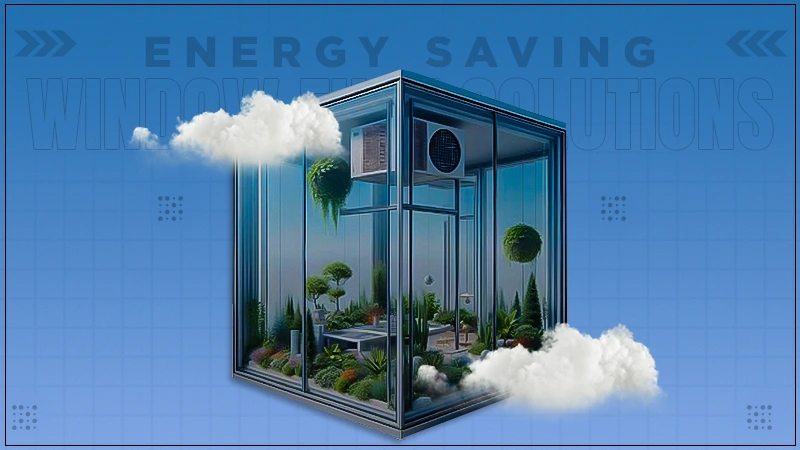What are the 7 Elements of Landscaping Design?
One of the most exemplary aspects of owning a manicured home is having an outside area to spend your free time in. Isn’t it amazing to take a stroll in your garden and have your morning coffee in the company of the blooming hydrangeas? If you are looking for a reliable name for Landscaping in Macomb, MI, look no further than Legacy Landscape. Landscaped courtyards offer a slew of advantages in addition to improving the financial potential of your property:
- Plants in groomed yards invite in fresh, breathable air.
- The greenery serves to minimize pollutants in the environment.
- Landscapes designed with proper planning preserve the region’s water supply and natural environment.
- Landscaped gardens are great places to host visitors, spend time with family, and spend time alone in nature.
Most importantly, taking advantage of these and others, it’s first to grasp how landscapes are created, beginning with the design. The landscape design uses the same graphic composition techniques as making a design in Adobe illustrator or sketching on a sketchbook. These aspects combine to make your courtyard a one-of-a-kind and memorable experience for you and your loved ones. This article will cover the seven critical parts of landscape design and why they’re so important.
Color:
Choosing the perfect color is essential in every project. The color you choose is just as significant as the picture or text you employ. Because colors have various individual connotations, it is the color that draws the eye. Color plays an essential role in landscape design. The leaf and flower color fosters a particular environment, so it’s important to think deeply about it. The color selection must be placed with the seasons and exhibited to create a balanced appearance. When striving to build a color chain of equilibrium, you must consider plant species such as flowers, fruit, and leaf alterations in addition to color concepts.
Lines:
In landscape design, there are only four types of lines: vertical, horizontal, diagonal, and curved. They are employed in landscapes to manage mobility, enhance items, and bring attention to specific portions of the environment that function as crucial elements, such as waterways and open fires. There are two sorts of lines used by landscapers: real and perceived lines. The distinct patterns made by stone roads, patios, and boundary fencing are actual lines, while those formed by arranging individual objects are perceived lines.
Form:
The distinctive forms of items in a landscape are referred to as forms in landscaping. The rectangular forms of sidewalks, roads, and the home are many forms seen in a single landscape. In landscape design, shapes are significant because they offer a unique ambiance and establish the whole environment. Rectilinear designs have a more official vibe, while irregular shapes have a more informal air. Round shapes create a gentler vibe, whereas triangular forms emanate a feeling of power.
Scale:
It’s all about proportion when it comes to scaling. The dimension of an element or thing in their environment is called scale. The landscape trees must have a frame of reference. Keep in mind that the proportion of the trees and bushes you plant should complement the building surrounding them.
Texture:
The use of texture in landscape architecture is a crucial feature. The texture of a plant, the smoothness of a peel, or even the weight of the leaves all add to the achievement aspect of the design. Leaves, branches, twigs, bark, and even flowers have different textures. Contrasting textures create intrigue and play a vital function in a landscape.
Unity:
Everything about your idea must evoke a sense of cohesiveness in those who view it. To put it another way, it should provide balance to your surroundings. Trees, shrubs, and grass, for example, should all complement each other form a single concept in your landscape. There are a few techniques to make your landscape look more cohesive.
Balance:
Balance is defined as an equitable distribution of aesthetic appeal. Formal and informal balance are two types of balance. Symmetrical balance employs geometrical calculations and needs ongoing upkeep to maintain its formal appearance. Uneven balance is less formal and provides for more flexibility. It fluctuates from edge to edge, allowing for more haphazard placement.
Landscaping might look like just the most organic act of creating beautiful natural spaces; it is, in fact, far from that. It is a well-balanced and calculated symphony of textures, colors, forms, and so much more. Legacy Landscapes has this science down to a T and will create gorgeous spaces for you, both residential and commercial!











